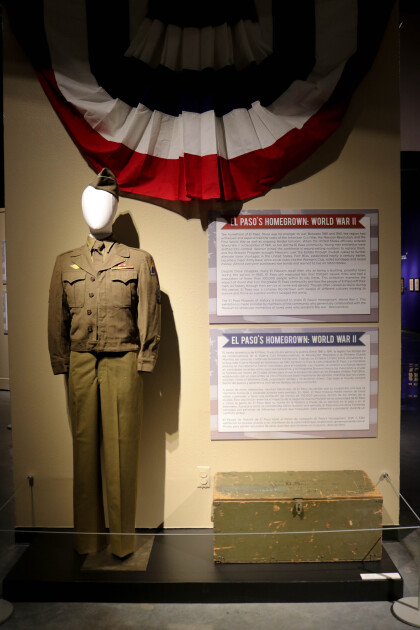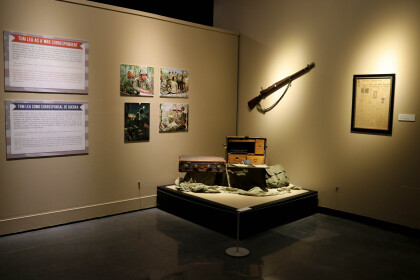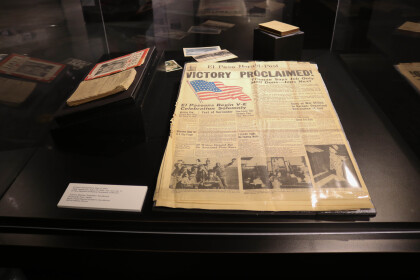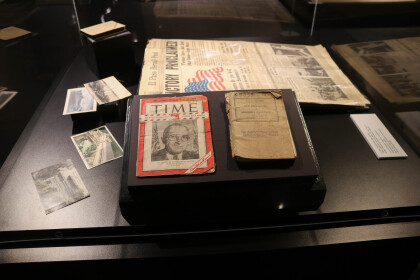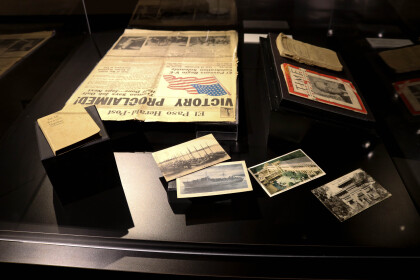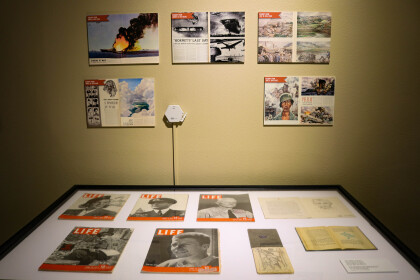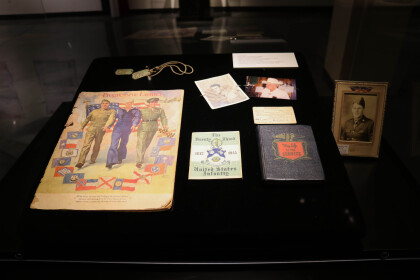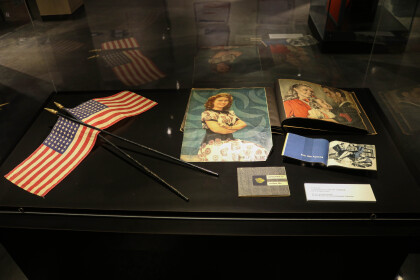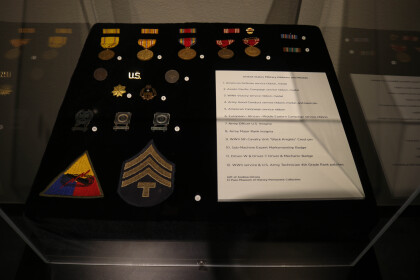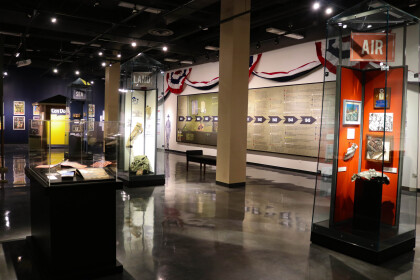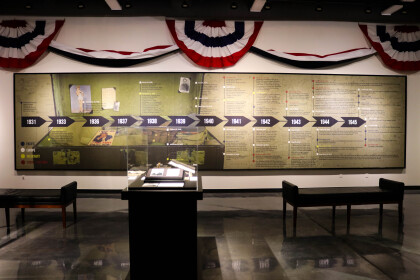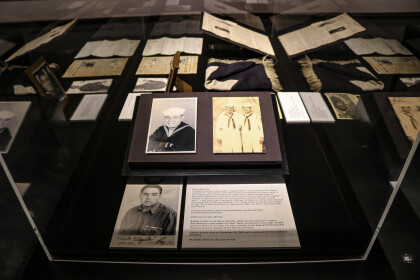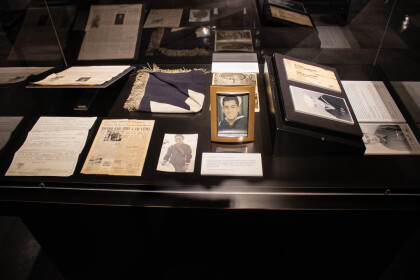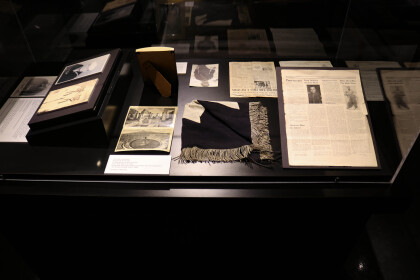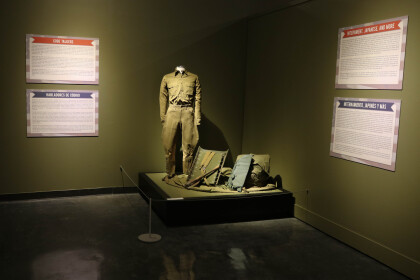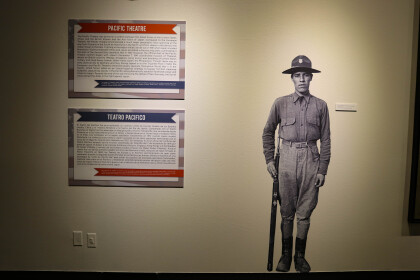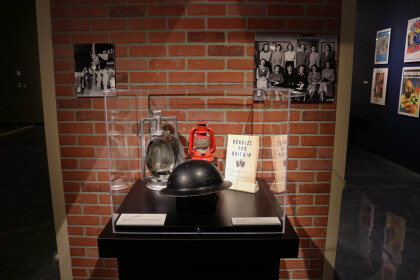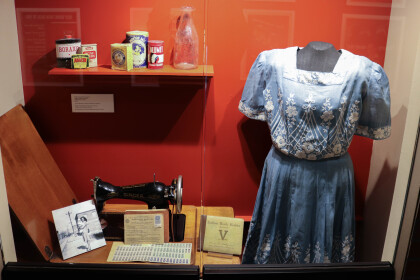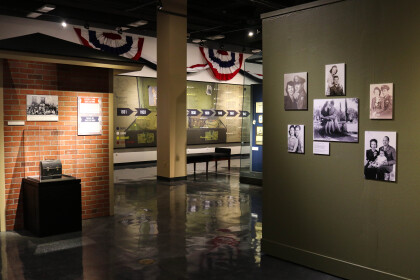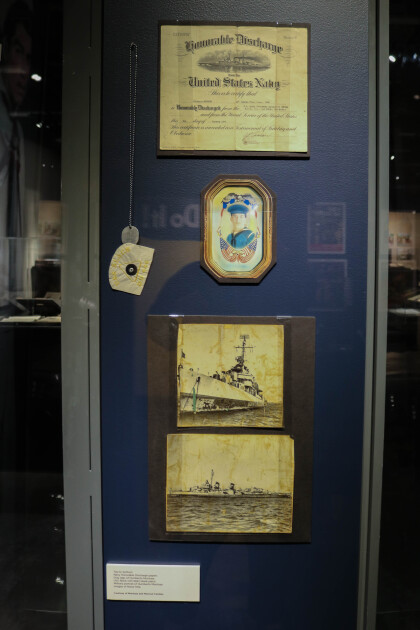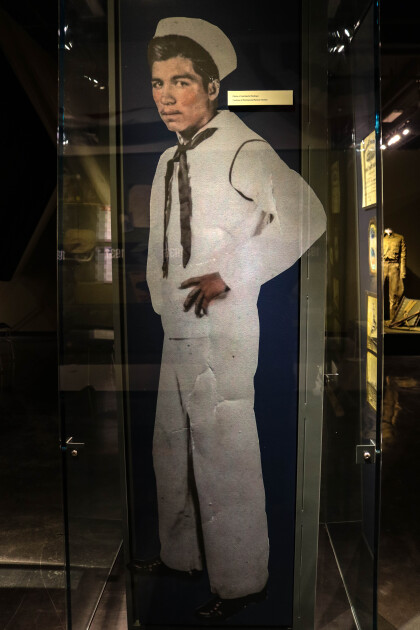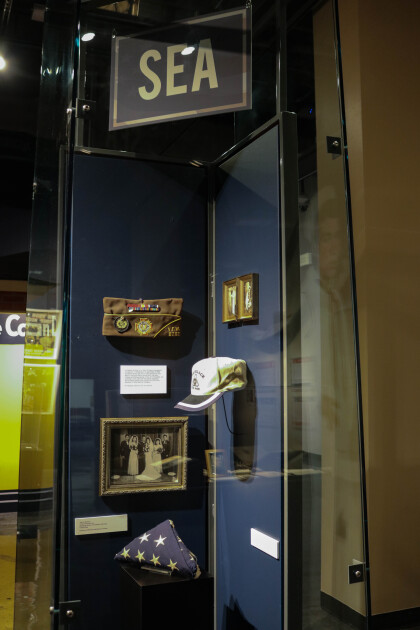Cortez Building - 2014
Cortez Building
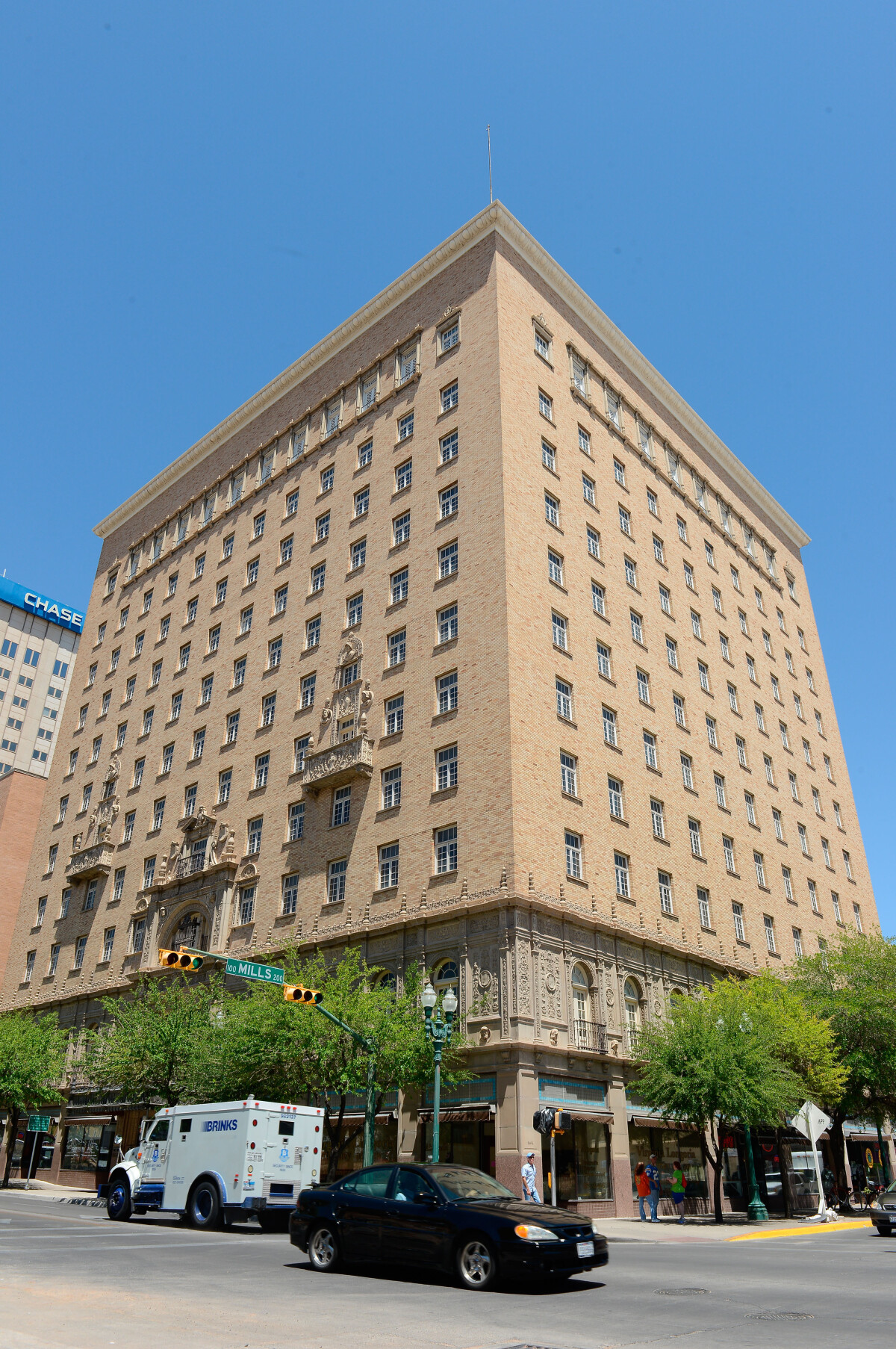
Cortez Building - 2014
The Cortez Building is located on the northeast corner of North Mesa and Mills Avenue on San Jacinto Plaza in downtown El Paso, Texas. For more than seventy-five years it has served the city as a hotel, office building, and home to government agencies. It was originally built as a hotel on the plaza, the last of three hotels to occupy that site. In 1899, Mrs. Alzina DeGroff, a pioneer in the hotel business in El Paso, acquired the Vendome Hotel and renamed it the Hotel Orndorff after her first husband. She operated it for more than twenty-five years until 1924 when she borrowed 825,000 dollars and hired the renowned El Paso architectural firm Trost and Trost to design a new hotel. The Hotel Orndorff was demolished and a new Orndorff Hotel was constructed at the same site at a cost of more than 1.4 million dollars. Henry C. Trost, who dominated the architectural scene of the American Southwest for more than three decades, designed the building. Unfortunately, Mrs. DeGroff did not live to see the completion of the building and in 1927 it was sold to became the Hotel Hussman. The company spent almost 700,000 dollars expanding the hotel. Three-hundred rooms, a major convention hall, and dining facility were added. When completed, this was the largest hotel between Dallas and Los Angeles. In 1935 a contest was held to re-name the building and the name was changed to the Hotel Cortez. The eleven-story building has twelve bays facing Mesa and ten facing Mills. The entrance on Mesa Street has a five-story cast relief portal and ornamented windows on the sixth and seventh levels. It is in the tradition of the Spanish Colonial Revival which was popular in the 1920s, a blending of renaissance, Moorish, and Baroque styles featuring many references to the Spanish and Spanish-American past. The interior features wrought iron, glazed tiles, and wooden beams, many with hand-painted designs. In A Castle of Old Spain on the Plaza of El Paso, a booklet celebrating the hotel that was published shortly after its renovation in 1928 it was compared to a "Spanish nobleman's mansion." The exterior of the building features portrait heads of conquistadors on the front entrance. For the next thirty-five years the Hotel Cortez was a well-known landmark on the plaza drawing visitors and celebrities from around the world. In 1963, President John F. Kennedy stayed at the Cortez during his visit to El Paso. The Hotel Cortez finally closed its doors in February 1970. Mexican businessman Jorge Murra of Torreon purchased the building and leased the space to various government agencies. In the process, he gutted much of the interior. A major fire damaged the structure further in 1972. In the early 1980s the building was sold once again and underwent major renovations. The first and tenth floor were restored to their original splendor. The other floors were remodeled as professional offices. The El Paso Community Foundation, located on the tenth floor of the structure, has further restored the building. Today, the Cortez Building remains a splendid "castle" overlooking San Jacinto Plaza in downtown El Paso. (Source: http://epcc.libguides.com/content.php?pid=346448&sid=3176969)
Report this entry
More from the same community-collection
El Paso's Homegrown: World War II
The homefront of El Paso, Texas was no stranger to war. Between ...
El Paso's Homegrown: World War II
The homefront of El Paso, Texas was no stranger to war. Between ...
El Paso's Homegrown: World War II
The homefront of El Paso, Texas was no stranger to war. Between ...
El Paso's Homegrown: World War II
The homefront of El Paso, Texas was no stranger to war. Between ...
El Paso's Homegrown: World War II
The homefront of El Paso, Texas was no stranger to war. Between ...
El Paso's Homegrown: World War II
The homefront of El Paso, Texas was no stranger to war. Between ...
El Paso's Homegrown: World War II
The homefront of El Paso, Texas was no stranger to war. Between ...
El Paso's Homegrown: World War II
The homefront of El Paso, Texas was no stranger to war. Between ...
El Paso's Homegrown: World War II
Carreon was born in 1928 and raised in Segundo Barrio of South ...
El Paso's Homegrown: World War II
The homefront of El Paso, Texas was no stranger to war. Between ...
El Paso's Homegrown: World War II
The homefront of El Paso, Texas was no stranger to war. Between ...
El Paso's Homegrown: World War II
The homefront of El Paso, Texas was no stranger to war. Between ...
